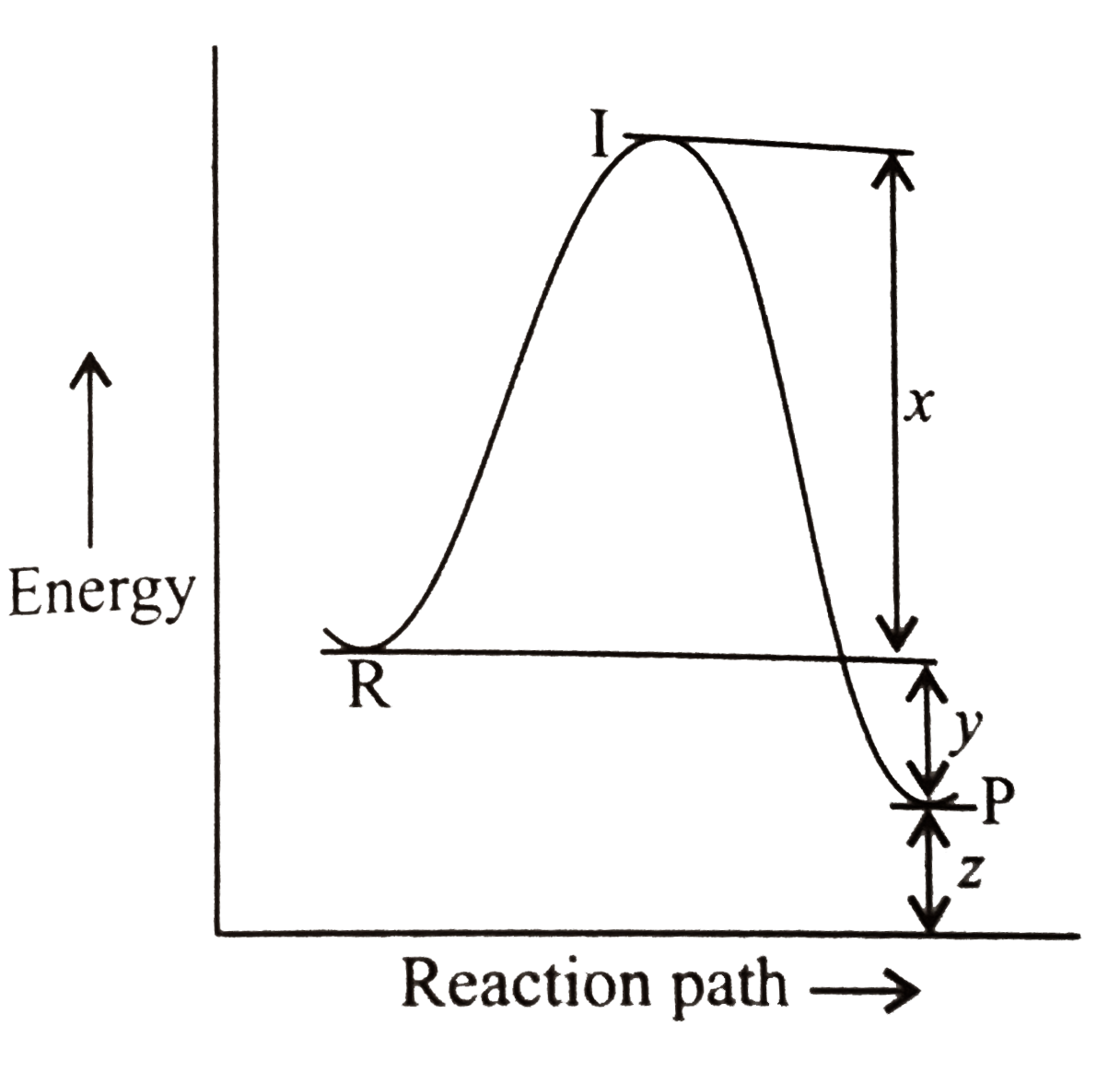Na(s)→Na(g), the heat of reaction is called as
Heat of vaporisation
Heat of atomisation
Heat of sublimation
Both (2) and(3)
The correct Answer is:D
Step by step video & image solution for Na(s)toNa(g), the heat of reaction is called as by Chemistry experts to help you in doubts & scoring excellent marks in Class 12 exams.
Updated on:21/07/2023Topper's Solved these Questions
- CHEMISTRY AT A GLANCEBOOK - ALLENCHAPTER - CHEMISTRY AT A GLANCEEXERCISE - INORGANIC CHEMISTRY
300 Videos
- CHEMISTRY AT A GLANCEBOOK - ALLENCHAPTER - CHEMISTRY AT A GLANCEEXERCISE - ORGANIC CHEMISTRY
472 Videos
- Chemical EquilibriumBOOK - ALLENCHAPTER - Chemical EquilibriumEXERCISE - All Questions
30 Videos
- ELECTROCHEMISTRYBOOK - ALLENCHAPTER - ELECTROCHEMISTRYEXERCISE - EXERCISE -05 [B]
38 Videos
Similar Questions
Heat of reaction for C6H12O6(s)+6O2(g)→6CO2(g)+6H2Ov at constant pressure is −651kcal at 17∘C. Calculate the heat of reaction at constant volume at 17∘C.
View SolutionHeat of reaction for, CO(g)+1/2O2(g)→CO2(g) at constant V is -67.71 K cal at 17∘C . The heat of reaction at constant P at 17∘C is :-
View SolutionIf the heat of formation of NO2 is 'x' [12N2(g)+O2(g)→NO2(g)] the heat of reaction N2(g)+O2(g)→2NO(g) is y and the heat of reaction 2NOg+O2(g)→2NO2(g) is z, then
View SolutionAromatic aldehyde undergoes condensation on heating with an ethanolic solution of KCN. This reaction is called as
View SolutionFor a reaction
aA(g)⇔bB(g)
at equilibrium, the heat of reaction at constant volume is 1500 cal more than at constant pressure. If the temperature is 27∘C then
View SolutionFor the reaction at 273K
NO(g)+O3(g)→NO2(g)+O2(g)
It is observed that the pressure of NO(g) falls form 700mmHg to 500mmHg in 250s. Calculate the average rate of reaction in (a) atms−1 , (b) molL−1s−1.
View Solution(1) For the given heat of reaction,
(i) C(s)+O2(g)=CO2(g)+97kcal
(ii) CO2(g)+C(s)=2CO(g)−39kcal
the heat of combustion of CO(g) is:
View SolutionThe energy profile diagram for the reaction:
CO(g)+NO2(g)⇔CO2(g)+NO(g) is given below:

the heat of the reaction is
View SolutionAmine oxide , when heated , forms alkene. This reaction is called
View SolutionComplete the following reactions,
(i) H2(g)+MnO(s)Δ−−→Mn(s)+H2O(g)
(ii) CO(g)+H2(g)Δ−−−−→Catalyst
(iii) C3H8(g)+3H2O(g)Δ−−−−→Catalyst
(iv) Zn(s)+NaOH(aq)Heat−−→
After completing the above reactions in the balanced equations the coefficient for H2(g) may be
View Solution
